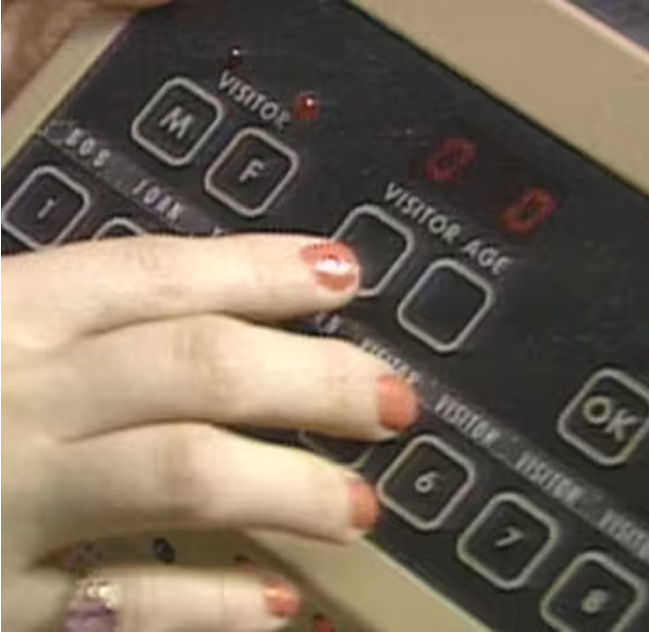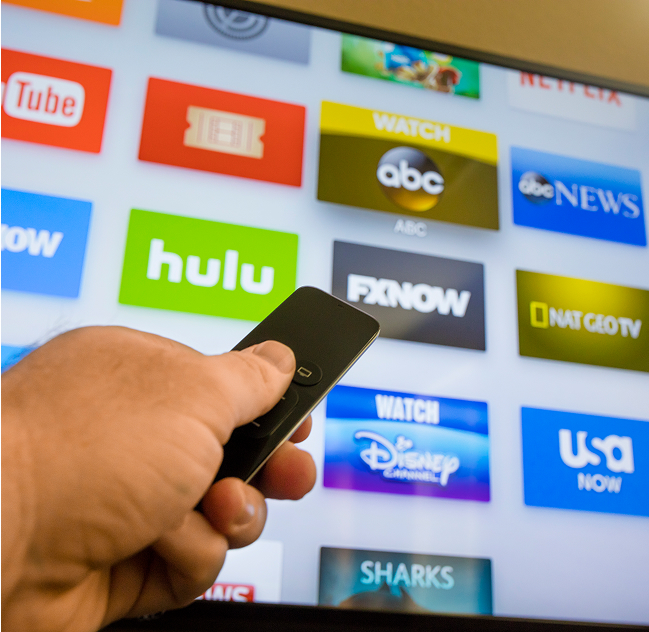At a recent industry event, a key player in the media landscape, who shall remain nameless, was to unveil its revolutionary new approach to TV advertising measurement. After much anticipation and suspense, the big reveal came, and the revolution was to be … outcome-based measurement. Ummm … welcome to the 2000’s? Please hold as I dust off my mini-disc collection and download my favorite ring tones to my flip phone. This isn’t a critique, but rather an observation that in the realm of TV measurement, what’s old is often new again, and what’s new frequently has roots in established methodologies.
The industry has witnessed a few swings back and forth over the last few decades, with companies repeatedly touting the “next big thing.” Unfortunately, this often leads to a myopic overemphasis on a singular aspect, and sometimes the abandonment of what was already working, instead of augmenting what works into something bigger, faster, and stronger. The problem with this tunnel vision is that it can inhibit businesses from realizing the multi-layered and comprehensive impact that TV advertising can truly have.
Let’s take a brief stroll through the history of TV measurement trends:
Early Foundations: The initial emphasis was on foundational metrics like reach, clearance, and ratings. Things such as surveys and focus groups were key in understanding user response.
Performance Hyper-Focus: This era saw a surge in performance-driven analytics, utilizing early statistical modeling, including Marketing Mix Models (MMM). Brand focus fell to the wayside.


The Rise of CTV and Return to Brand: As Connected TV (CTV) gained traction, the focus shifted to deterministic attribution and identity resolution. Meanwhile, Brand performance came back into focus, while MMM adoption slowed.
Back to MMMs and Performance: We’re now seeing MMMs making a comeback, and if the above-mentioned industry-reveal is any indication, perhaps a renewed emphasis on performance.
This oscillating nature underscores a crucial point: a truly effective measurement program isn’t about chasing the latest fad. It’s about leveraging a comprehensive portfolio of capabilities that can capture the entire, complex user journey of TV response, integrating both “new” and “old” methodologies guided by what works rather than what’s cool.
For example, a comprehensive program may include:
- Measurement-oriented test design and structure to maximize measurability before campaigns even start
- Brand studies for upper funnel visibility of early-stage user resonance and full user journey health
- Econometric modeling to quantify true incremental lift and illuminate optimization pathways
- Deterministic attribution leveraging precise and enhanced data connections from ACR, device graphs, and IoT signals for ever-sharpening clarity on user touchpoint interaction and target audience location
- When appropriately applied, even some simpler instruments, such as toll free number attribution, can be powerful tools to see users where they are, provide additional validation for more sophisticated modern approaches, and sometimes offer easier-to-understand results in a world with increasingly opaque “black boxes” of measurement wizardry

When all these elements are combined with the right recipe, you can possess a powerful quiver of tools that can illuminate the complexity of how users respond and provide a strong foundation for confident decision-making.
So as the next steps in measurement evolution continue to enter the marketplace, think about the totality of your measurement program and how the embracing of these new capabilities would add or take away from your visibility of your customers’ journeys. This broader perspective can guide you in answering the questions of if, how, and how much to embrace these new paradigms as part of your bigger measurement picture.
